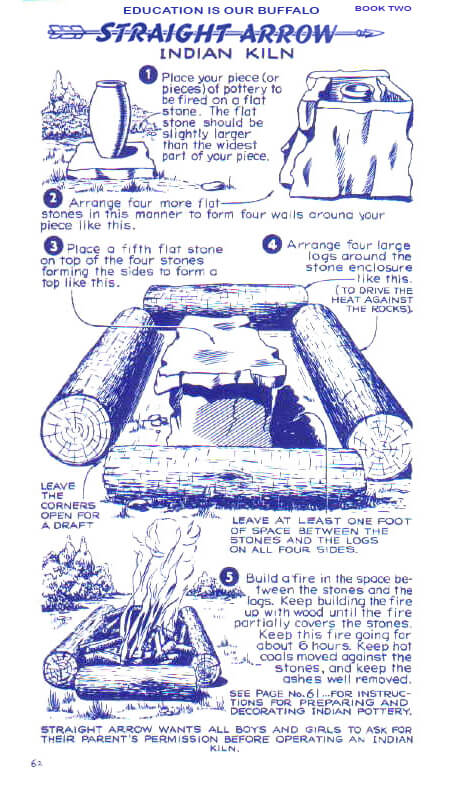
The most of Native American pottery producers choose dung-firing in outdoor kilns built around the pots, while some creative potters are familiar with and employ the electric kiln because of its greater predictability and the higher amount of pottery pieces that survive kiln-firing. Electric kilns use greater temperatures, which results in tougher pottery with thinner walls than dung-fired art. The majority of Native American pottery is made by hand, employing coil or slab processes. The clay is collected, the trash is cleaned, and temper and water are added. Temper, or non-plastic elements, is added to clay to prevent it from shrinking and cracking during the drying and fire process. Crushed rock, plant fibers, crushed shells, charcoal, and wood ash are some of the Native American tempers. To remove air bubbles, the clay is wedged, or kneaded, and the surfaces polished. The chosen technique is used to mould the clay into a pot, the surface is smoothed, and the vessel is then allowed to cure to leather.

